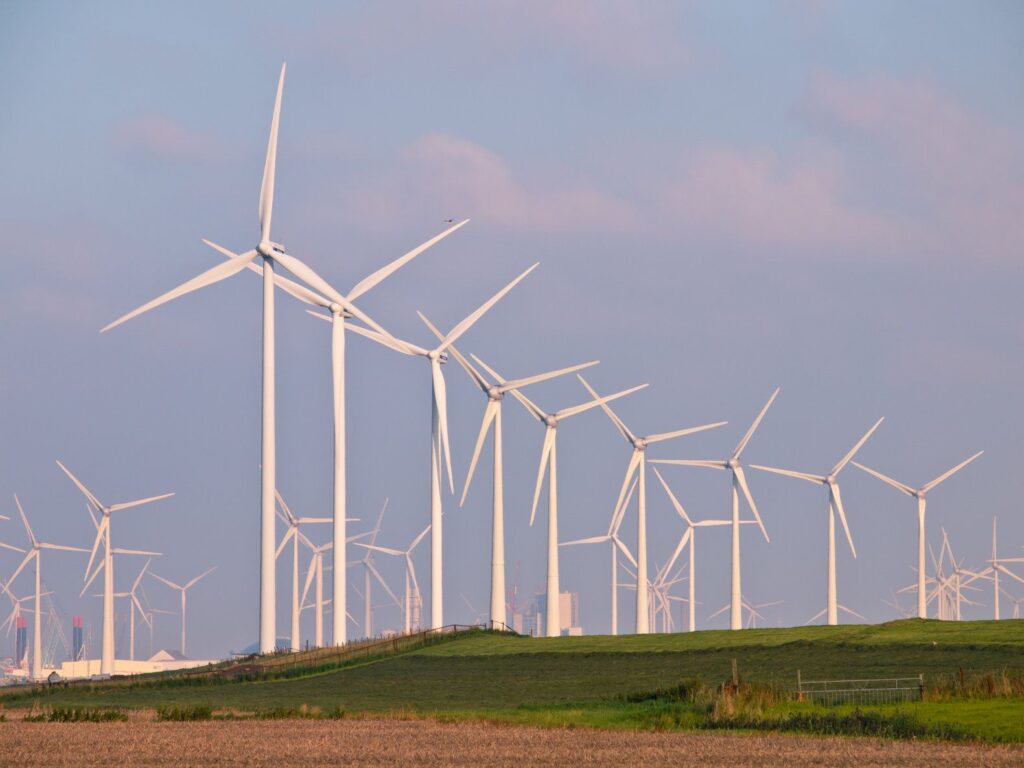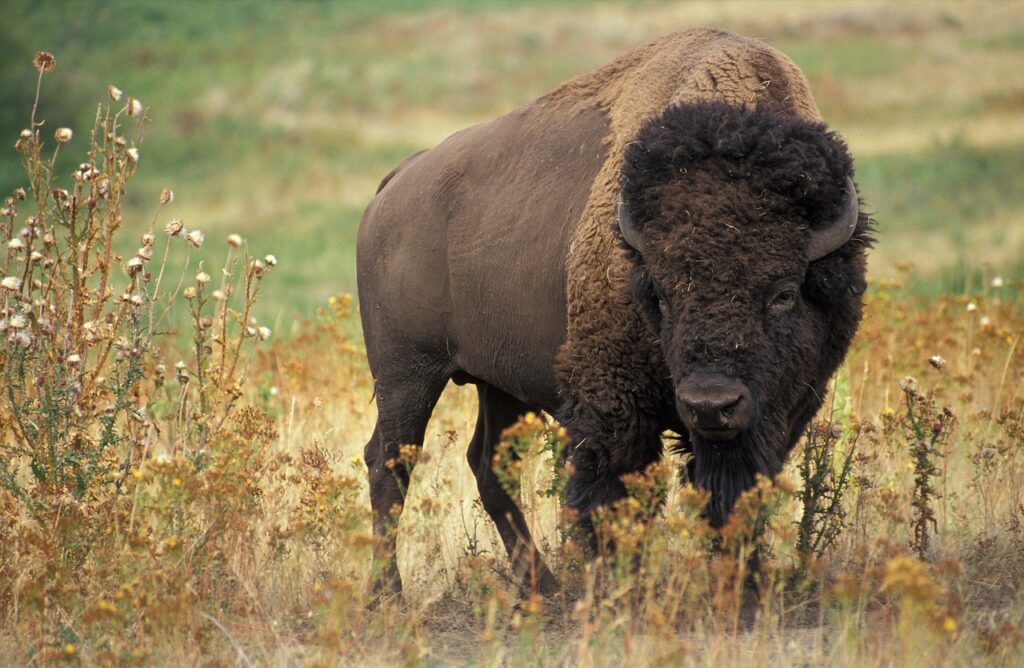Whispers in the Wind: Exploring Turbine Foot Claims in Livestock

AG Daily
Heidi Crnkovic
Wind turbines are a common sight across rural America. Texas, which in 2022 generated more than 25 percent of all U.S. wind-sourced electricity, led the country for the 17th consecutive year.
However, there have long been concerns about wind turbines, particularly about whether there is a negative impact on wildlife and livestock, not to mention people. In 2006, Dr. Nina Pierport coined the term “Wind turbine syndrome” as part of a study that surveyed 38 people living near wind turbines. The individuals studied noted symptoms such as sleep disorders, headaches, tinnitus, dizziness, nausea, visual disorders, heart failure, and problems with concentration and memory.
In 2021, a French court recognized “turbine syndrome” claims by a Belgian couple living near a wind farm. The plaintiffs were awarded more than €100,000 in compensation by the judge in Toulouse for the damages they claimed nearby turbines had on their health. The claim was initially dismissed by the court of Castres in 2020.
So what about in relation to animals. There is definitely worry among some farmers and ranchers:
“Wind turbines are killing birds. The sound is killing whales. A Stud farm in Texas, also proved this. His foals got turbine foot. Damage to the developing cartilage on all his foals as they grew. A new field full of turbines on his perimeter. He then imported a foal not from his stock, healthy vet checked. It started getting turbine foot. The vibration and hum was recorded. All possible contaminants rules out. He won the case.”
This was said in a Facebook post by Jamie Murray on March 7, which has now been shared over 7,700 times.

Although commenting on the post appears to have been turned off, reactions citing the “research” on social media have been strong. And it’s no wonder — turbines dot the landscape in rural America with their massive structures, noise, and size. The perceived negative impacts on lifestyles and the environment have left many questioning their impact.




